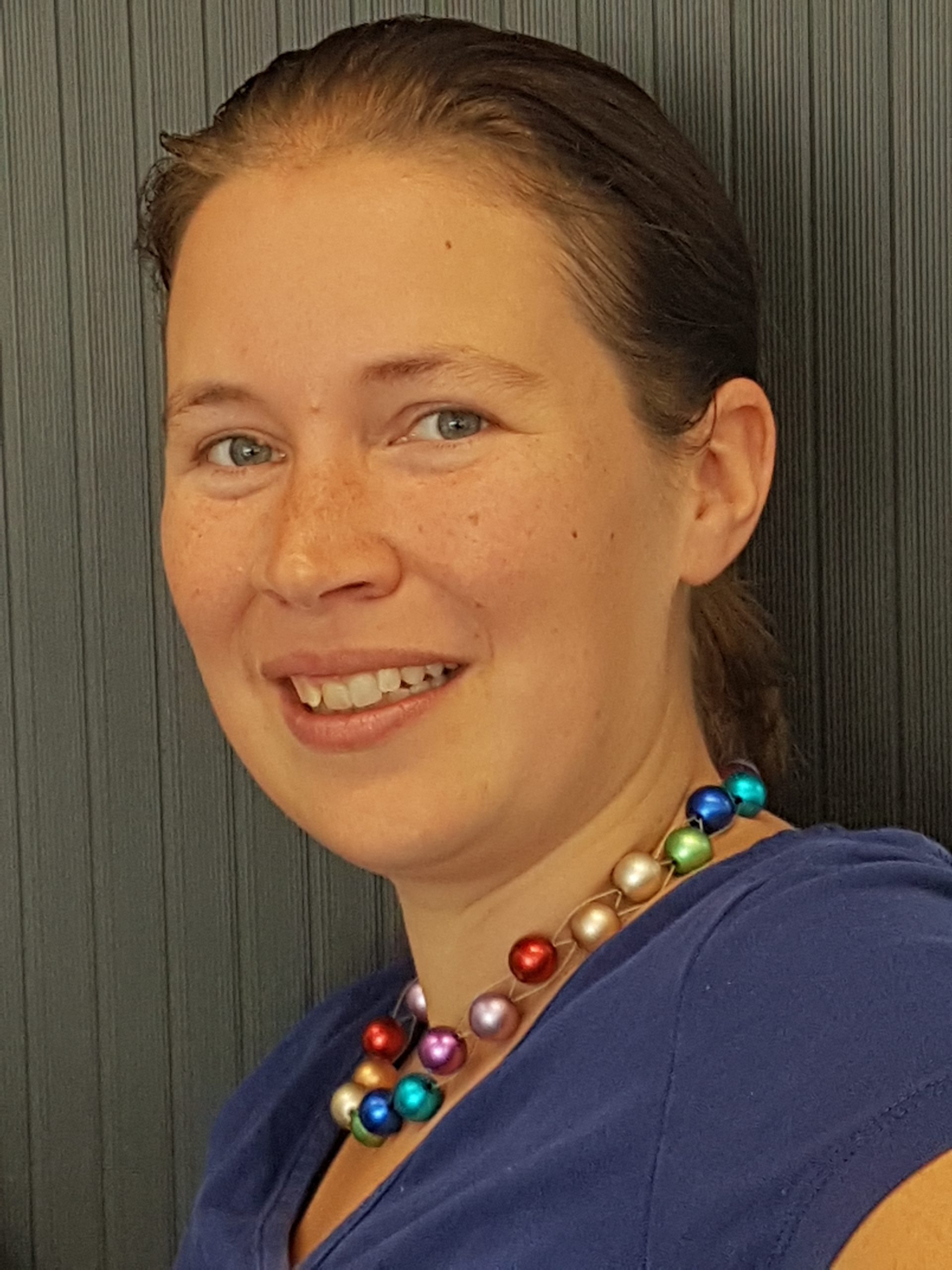Innovative ways to determine degradation modes and mechanisms in thin-film solar modules
Understanding material degradation and failure mechanismes of a solar cell is the holy grail for lifetime improvement and application of solar cells in environmentally harsh conditions. Mirjam Theelen (TNO) is researching deceased CIGS solar modules. She developed a method to isolate functioning cells from a full scale module. The electrical and physical properties from this individual cell can be determined and help to understand the cause of degradation of the module.
Michaël Daenen (UHasselt) is taking another interesting approach: by developing integrated sensors, he is able to measure the true conditions inside the solar cell. Knowing the real conditions under which thin-film solar cells operate, can help to improve materials, stack and computational models.
Innovative ways to determine degradation modes and mechanisms in thin-film solar modules
Understanding material degradation and failure mechanismes of a solar cell is the holy grail for lifetime improvement and application of solar cells in environmentally harsh conditions. Mirjam Theelen (TNO) is researching deceased CIGS solar modules. She developed a method to isolate functioning cells from a full scale module. The electrical and physical properties from this individual cell can be determined and help to understand the cause of degradation of the module.
Michaël Daenen (UHasselt) is taking another interesting approach: by developing integrated sensors, he is able to measure the true conditions inside the solar cell. Knowing the real conditions under which thin-film solar cells operate, can help to improve materials, stack and computational models.
The live webinar will be broadcasted at 09.00 Central European Summer Time (CEST) or 16.00 Japanese Standard Time (JST). The webinar will be replayed, accompanied with live chat and moderation by the experts at 09.00 Pacific Daylight Time (PDT).
17 May 2021
09:00 CEST
Brussels
16:00 JST
Tokyo
09.00 PDT
San Francisco
Registration Free
Michaël Daenen

Michaël Daenen is an experienced physicist, engineer and associate professor of engineering technology. Educated in material physics and translating this into engineering technology. Currently working on reliability of energy systems, more specifically photovoltaic modules and systems.
Mirjam Theelen

Mirjam Theelen has studied Chemistry at the Radboud University Nijmegen in the Netherlands. After graduation as a MSc in 2007, she started working at TNO/Solliance. She obtained her PhD degree from Delft University of Technology in 2015, studying the reliability of CIGS solar cells. She is still working as a senior research scientist at TNO/Solliance, focusing on predicting, understanding and improving long term stability of CIGS modules, and the development of advanced methods for their lifetime and reliability studies.
Other webinars
-
Mass Customisation: applications with big potential.
Solar energy everywhere. Producing tailor-made products on a large scale and affordably, this is the future of solar energy. New ways to integrate solar panels so that they are invisible or, on the contrary, become an aesthetic part of a suitable surface. Wit...
-
Mass Customisation: enabler to combine the best of two worlds.
Solar energy everywhere. Producing tailor-made products on a large scale and affordably, this is the future of solar energy. New ways to integrate solar panels so that they are invisible or, on the contrary, become an aesthetic part of a suitable surface. ...
-
Innovative ways to determine degradation modes and mechanisms in thin-film solar modules
Understanding material degradation and failure mechanismes of a solar cell is the holy grail for lifetime improvement and application of solar cells in environmentally harsh conditions. Mirjam Theelen (TNO) is researching deceased CIGS solar modules. She deve...
-
Packaging technologies for thin-film solar modules
Depending on the use and application, flexible solar cells need a fair life time. It is important to develop materials and processes that can protect the sensitive chemical and physical composition of thin-film solar cells, during the required lifetime. Althou...
-
Advanced interconnection technologies
In this webinar we discuss advanced interconnection technologies as developed at Solliance partners TNO and Forschungszentrum Jülich. Interconnection technology is needed to create a working solar module from a stack of thin-film photovoltaic layers. Together ...
-
Atomic Layer Deposition for thin-film solar
In this sixth Solliance webinar, we focus on atomic layer deposition. This deposition technique is developing fast and can create ultra-thin layers with high accuracy, which maybe crucial for reliability of flexible, thin film solar. We will discuss the develo...
-
Stability of perovskite solar cells
A lot of energy has been invested in the research to arrive at stable perovskite based solar cells. New chemical composition, new layers and new barrier technologies combined made these solar cells more resilient to oxygen and moisture. The milestone of one th...
-
Multi junction cells of perovskite
What is possible if you take this tandem concept even further? Can you fine tune the absorption wave length? What happens if you stack three, four or even more perovskite based solar cells on top of each other?...
-
Hybrid tandems with perovskite
One of the unique features of perovskite based solar cells is their translucency. Only a part of the spectrum is absorbed, leaving the module is transparent for other colours. This means another solar modules can convert the' left-over' to electrical energy. T...
-
Roll-to-roll processing of single junction modules
To come to a sustainable energy production, we need large amounts of solar cells. For perovskite solution based printing techniques are available, so the future perovskite solar modules are printed on flexible carriers. Roll-to-roll processes are researched by...














